Rubber plants, scientifically known as Ficus elastica, have become popular indoor plants in India due to their easy maintenance and attractive foliage. With their large, glossy leaves, these plants can enhance the aesthetic appeal of any space. However, proper care is essential to keep your rubber plant thriving. In this guide, we'll explore the do's and don'ts of rubber plant care in India.
Do's and Don'ts of Rubber Plant Care
Do's | Proper Placement | Regular Watering | Humidity | Pruning and Cleaning | Fertilisation | Don'ts | Overwatering | Cold Drafts | Ignoring Pests | Repotting Unnecessarily | Overcrowding | Planter Recommendations
Do's of Rubber Plant Care
Proper Placement
Click on the image to buy
Place your rubber plant in a spot with indirect sunlight. In India, bright but filtered light is ideal. Avoid direct sunlight, especially during the harsh afternoon hours, as it can scorch the leaves.
(back to top)
Regular Watering

Rubber plants prefer consistently moist soil. Water your plant thoroughly and allow excess water to drain out. During the growing season (early summer and summer), water more frequently, and reduce watering in the dormant months (winter). Be cautious not to let the plant sit in water, as it can lead to root rot.
(back to top)
Humidity
Rubber plants love high humidity. In India, where the climate can be quite humid, maintaining the humidity levels around the plant can be beneficial. You can mist the leaves or place a humidifier nearby to create a suitable environment.
(back to top)
Pruning and Cleaning

Regularly prune your rubber plant to encourage bushier growth. Remove any yellow or damaged leaves to promote the overall health of the plant. Wiping the leaves with a damp cloth also helps to keep them clean and free from dust.
(back to top)
Fertilisation
During the growing season, feed your rubber plant with a balanced liquid fertiliser once a month. Follow the instructions on the fertiliser packaging to avoid over-fertilising, which can harm the plant.
(back to top)
Don'ts of Rubber Plant Care
Overwatering
One of the most common mistakes is overwatering. Rubber plants don't like to sit in waterlogged soil. Always check the moisture level in the soil before watering and ensure proper drainage in the pot.
(back to top)
Cold Drafts

Rubber plants are sensitive to cold drafts. Avoid placing them near windows or doors that might let in chilly air, especially during winter. Sudden temperature drops can damage their foliage.
(back to top)
Ignoring Pests

Keep an eye out for common indoor plant pests like spider mites and aphids. If you notice any infestation, take action promptly. Use natural remedies or insecticidal soap to protect your plant from these unwanted visitors.
(back to top)
Repotting Unnecessarily
Rubber plants prefer to be slightly root-bound. Repotting should be done only when the plant has outgrown its current pot and becomes root-bound. Repotting too frequently can disturb the plant's growth and kill the plant. Choose your planter carefully before repotting so you know the rubber plant will survive and thrive. Choose from Fiberglass planters, GRC or concrete planters or even ceramic planters and make you it matches your aesthetics.
(back to top)
Overcrowding
If you have multiple rubber plants, ensure they have enough space between them. Overcrowding can limit air circulation and lead to issues like mold and pests. Give each plant enough room to thrive. Make sure the planter is big enough to house that many plants. Planters like the plastic containers usually crack with time so it’s easier to plant them in a ceramic or Fiberglass planter so that the plant has room to grow without the planter breaking.By following these do's and don'ts, you can enjoy a healthy and vibrant rubber plant in your home. With the right care and attention, your rubber plant will not only beautify your space but also contribute to a healthier indoor environment.
(back to top)
Recommendation for your Rubber Plant
Discover more planters for your Rubber Plant

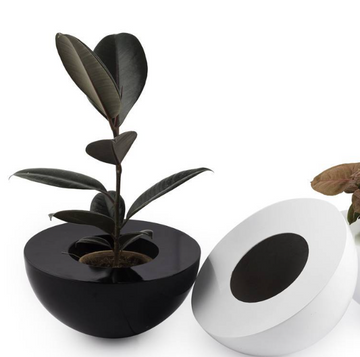


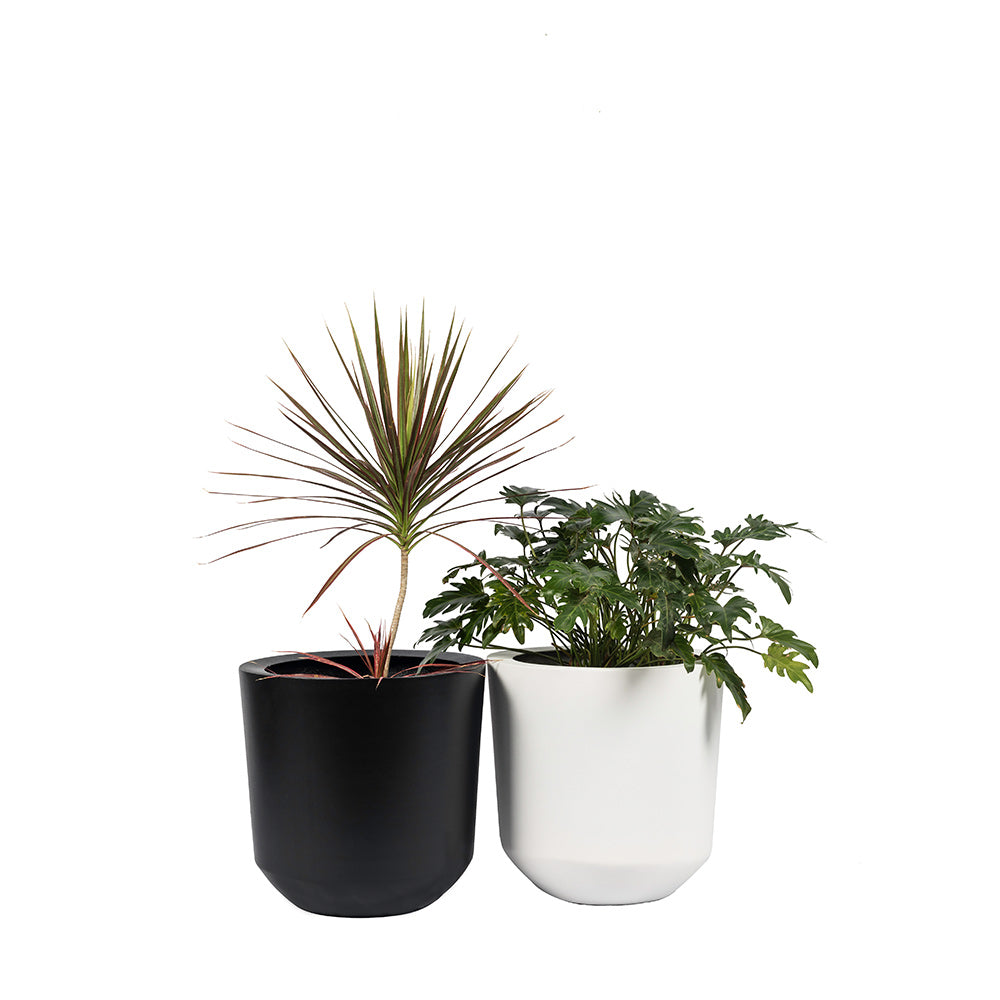
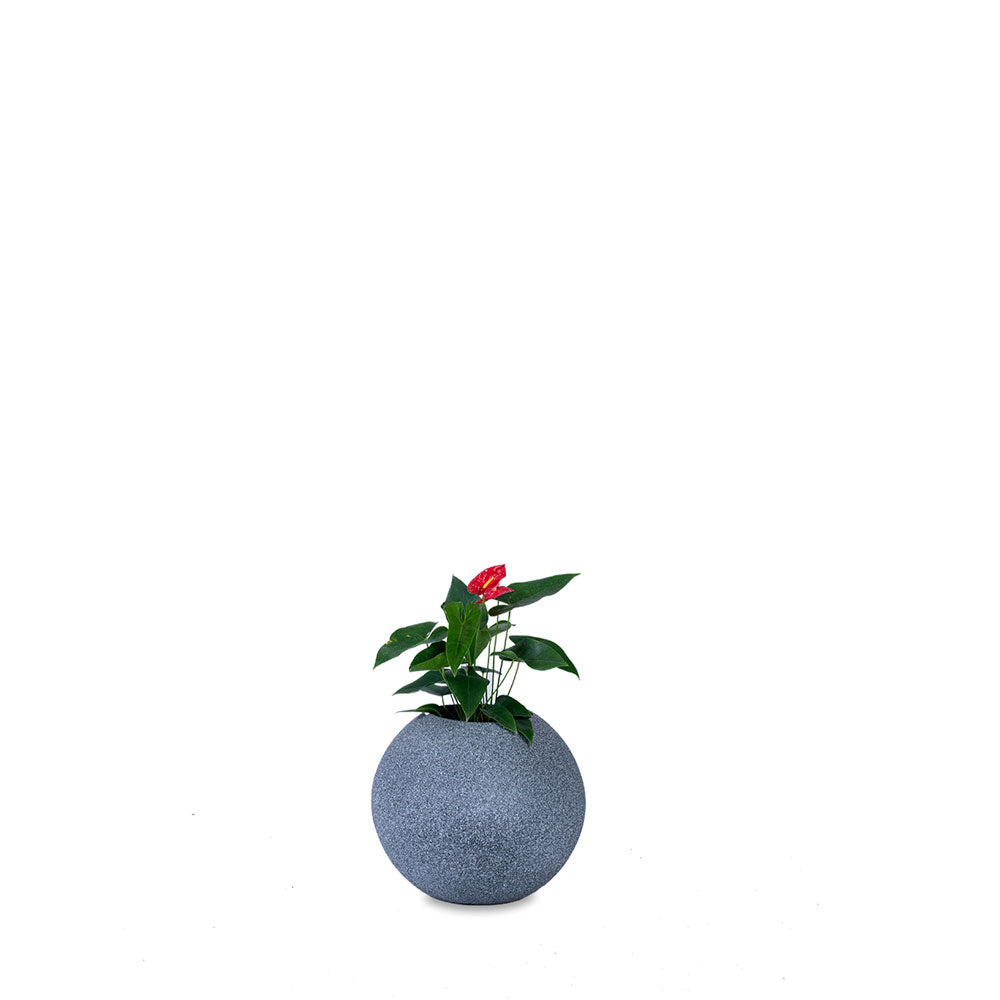
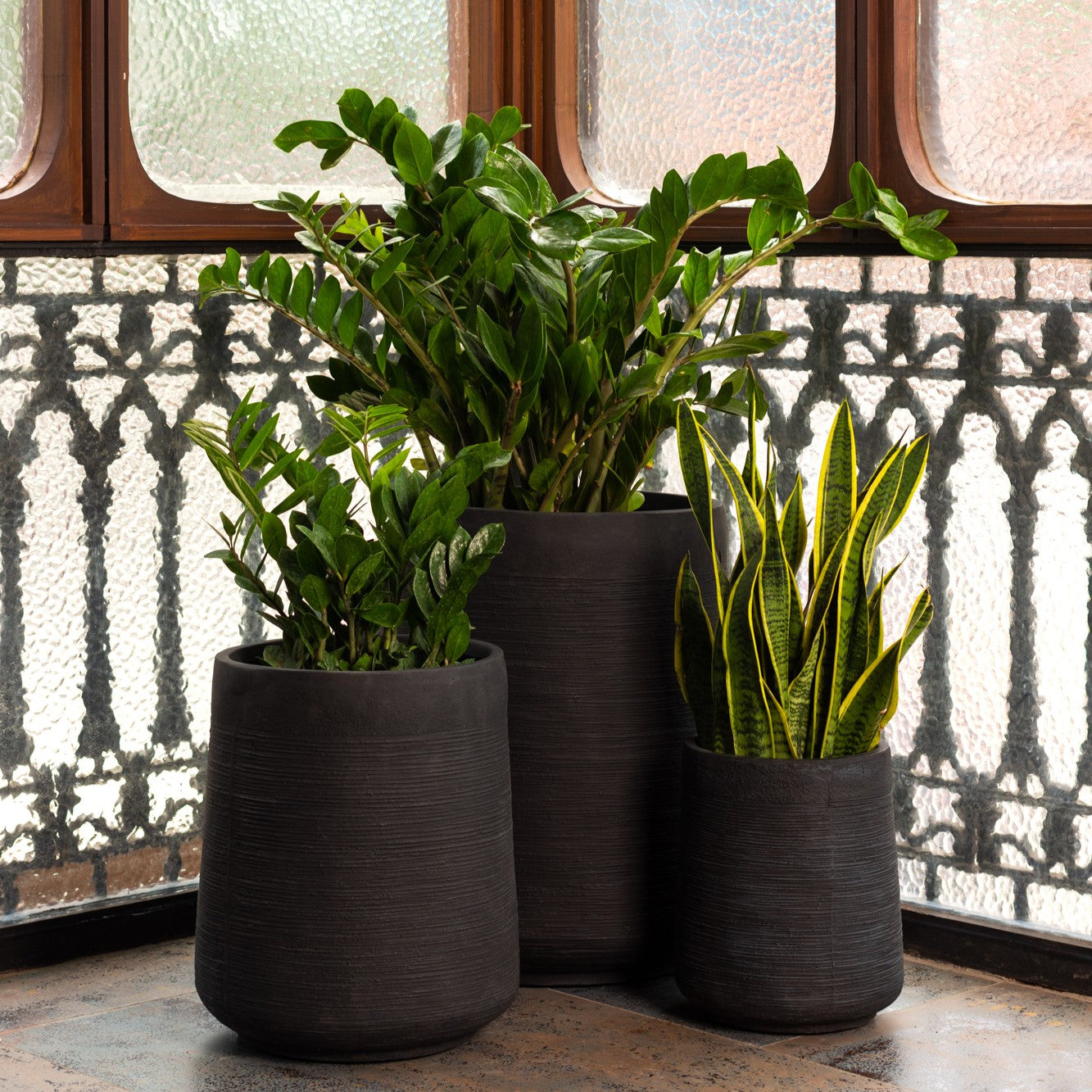
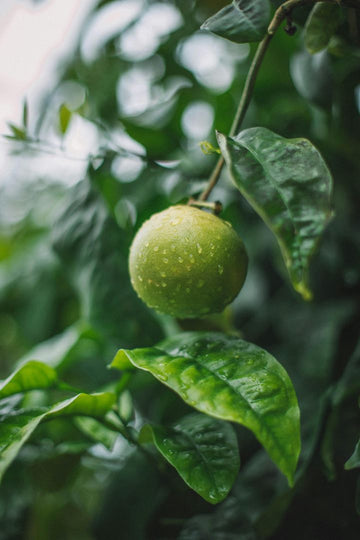
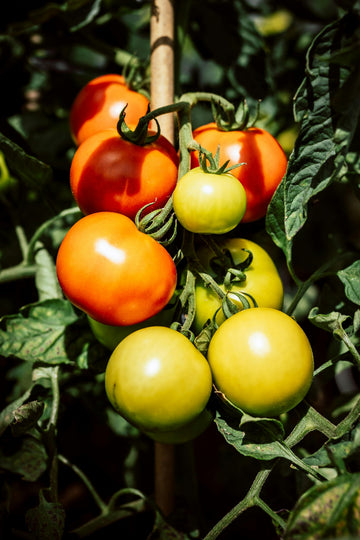
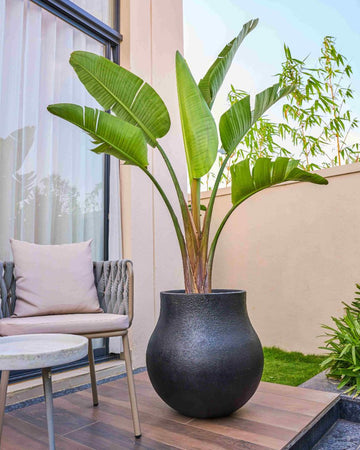
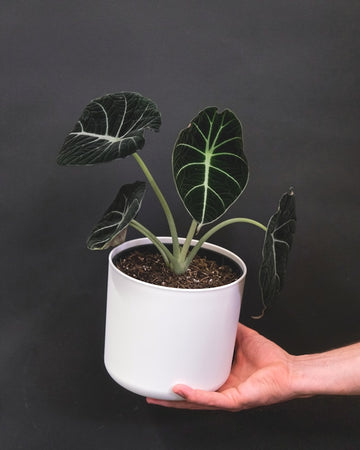
 At Palasa, we believe in the seamless fusion of nature, design and humanity.
At Palasa, we believe in the seamless fusion of nature, design and humanity.